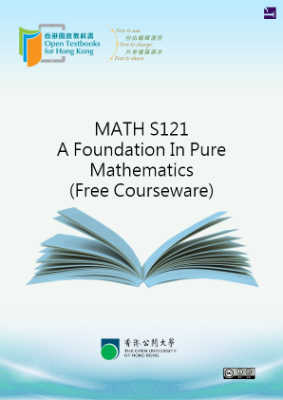Everyone in Hong Kong has heard of the Mark Six!
Players select six different numbers from 49 possibilities in the hope of winning a small fortune – or possibly even a large one. So how many different choices of six numbers out of 49 are there? If you just sat down to count out all the possible combination, it would take you a very long time indeed. But in mathematics we have other counting tools that can assist us in this counting task.
Learning to use these tools is the basis for learning about counting and probability.
The first section in this module introduces basic counting principles, and helps you work through some simple counting problems. You will learn how the Addition and Multiplication Principles can be applied to determine the number of possible combinations. You will then look at two important counting tools, namely permutations and combinations, and compare the different counting principle between them.
The second section in this module introduces you to probability as a measure of chance. It gives you a numerical means of comparing different degrees of chance. You learn by looking at common games of chance: tossing a coin, selecting a playing card, or throwing dice.
Counting
Before you can study the properties of probability, you need to understand the basic counting principles which is a fundamental mathematical idea and an essential part of probability. In this section, you’ll develop the concept of two counting principles and use them to determine the number of different outcomes of a certain event, without having to list all of the elements.











